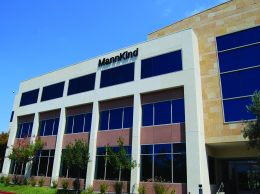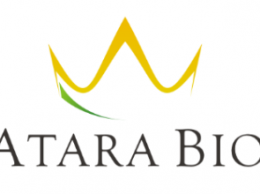Inogen beats earnings expectations, but supply issues persist
IN THIS ARTICLE
- Banking & Finance Topic
- Jorge Mercado Author
By Jorge Mercado Thursday, November 4th, 2021
Goleta-based Inogen was able to deliver another earnings beat on Nov. 4 behind positive financial results for the third quarter of fiscal year 2021, but supply chain constraints continue to hinder the company’s potential.
Inogen, a medical device company that manufactures and supplies portable oxygen containers, saw its net income and revenue increase year-over-year for the quarter ended Sept. 30.
The company delivered $12.2 million in net income the third quarter, or earnings per share of 54 cents, a substantial increase from the same quarter a year ago when it had a net loss of $1.6 million and a loss of 8 cents per share.
According to Yahoo Finance, six analysts expected an average loss of about 26 cents per share. This is the second straight quarter that Inogen has delivered not just an earnings beat, but a profitable quarter.
Inogen’s stock was down 5% on Nov. 5, the day after the earnings release, to close at $36.92.
“We believe oxygen therapy patient diagnosis rates are returning to historical levels,” Nabil Shabshab, Inogen’s president and CEO, said during the company’s earnings call. “We believe that the improved metrics we saw in the consumer sales and rentals versus the competitive period in the prior years were primarily due to higher vaccination rates leading to increase the desire for mobility concurrent with the relaxation of closure orders related to the COVID-19 pandemic.”
Revenue was also up 25.3% year-over-year, as Inogen generated $93.1 million in the third quarter of 2021.
But, due to supply chain constraints, Inogen was unable to fulfill some of its orders, particularly in its domestic business-to-business channel, where sales decreased 1.1% to $22.8 million, the company said.
Shares of Inogen traded above $80 earlier this year, but after the company shared its second quarter results in August, which revealed the extent of its supply chain issues, the stock tumbled 27% in a single day.
Those shortages continued as expected in the third quarter, and Ali Bauerlein, Inogen’s CFO and one of the founders of the company, said during the earnings call that the company paid a premium for semiconductor chips used in Inogen’s batteries and oxygen concentrators.
The company spent $900,000 in additional costs to purchase semiconductor chips on the open market in the third quarter.
“We expect this cost to increase significantly in the fourth quarter of 2021 due to cost inflation of materials and labor,” Bauerlein said.
Inogen expects to incur additional costs ranging from $5 million to $7 million to purchase more semiconductor chips on the open market.
“Like others in the industry, we are navigating the challenges posed by the supply chain disruptions that are limiting our ability to meet demand and creating an inflationary cost environment,” Shabshab said.
Inogen generated $12.1 million in the third quarter from rentals alone, a 61% increase, a new market the company has embraced this year.
The company said it also has approximately 40,400 patients on service, a 36.9% increase.
Domestic direct-to-consumer sales increased 24.6% to $36.3 million year-over-year, but Inogen acknowledged that sales in this channel were impacted by lower battery accessory sales due to supply chain constraints.
Supply chain issues are expected to continue until at least the second quarter of 2022, said Shabshab, but the company will do what it must to secure the chips to meet demand, even if costs from third-party suppliers increase.
Inogen ended the quarter with cash and cash equivalents worth $245.1 million with no outstanding debt. The company did not issue guidance for the fourth quarter or full year 2021.
NOTE: This article was updated Nov. 5 to reflect Inogen’s stock price.












